The Samsung HW-Q930D is a true 9.1.4 Dolby Atmos soundbar with discrete rear speakers, giving an immersive 3D spatial sound experience.
It is the next model down from the Samsung HW-Q990D 11.1.4 Dolby Atmos soundbar – simply stupendous, yet to my trained ears, it does a similarly stupendous job – none of this psychoacoustics BS – real rear speakers.
The key difference is that the rears are each 1.0.1 (pair 2.0.2) versus Big Brother’s 2.0.1 (pair 4.0.2). Oh, and it only has 4K@50Hz HDMI 2.0 passthrough, which may be a deal breaker as Big Brother gets HDMI 2.1 4K@100hz.
So, I will cheat a little and save my poor typing fingers by suggesting you read the HW-Q990D review first for all the tech stuff, as its features are basically the same!
Australian review: Samsung HW-Q930D, 9.1.4 Dolby Atmos and DTS:X Model HW-Q930D-XY
| Website | Product page User Guide Simple User Guide |
| RRP 26/6/24 | $1499, but EOFY sale $1099. |
| From | Samsung Online. See Approved resellers above. |
| Warranty | 12-months ACL |
| Made in | South Korea |
| Company | Samsung is a South Korean multinational manufacturing conglomerate headquartered in Samsung Town, Seoul, South Korea. Samsung Electronics (the world’s largest information technology company, consumer electronics maker and chipmaker. |
| More | CyberShack Samsung News and Reviews CyberShack TV/AV News and Reviews |
We use Fail (below expectations), Passable (meets low expectations), Pass (meets expectations), Pass+ (near Exceed but not class-leading) and Exceed (surpasses expectations or is the class leader) against many of the items below. You can click on most images for an enlargement.
We are also tightening up on grading. From now on, Pass, for example, means meeting expectations for the price bracket. We consider a Pass mark to be 70+/100 with extra points added for class-leading and excellence.
First Impression – PASS+
The Samsung HW-Q930D soundbar is imposing at 1110.7 x 60.4 x 120.0mm X 5.4KG, the subwoofer 210.0 x 403.0 x 403.0 mm x 9.8kg, and the two wireless rears each 129.5 x 201.3 x 140.4 mm x 3.1kg. It is covered in steel acoustic mesh. It is not elegant—it is straight down to business. It is identical in size, weight, and specs to the Q930C it replaces.
Samsung fans were hoping it would have an HDMI 2.1 4K@100/120Hz pass, though. However, it retains the HDMI 2.0 50/60Hz and gamer user reviews say this is a deal breaker, so buy the HW-Q990D instead.
On top are a multi-function button, Mic On/Off and volume up/down. At the rear are
- 1 x HDMI in ports (version not disclosed but only 4K@50/60Hz)
- 1 x HDMI eARC (version not disclosed but connects to the TV. 4K@50/60 (AU power is 50Hz). 18Gbps HDMI cable required.
- Digital Optical input
- USB-A for service only
- Power
It has Wi-Fi (version not disclosed) and Bluetooth 5.2 SBC codec. It supports Chromecast and AirPlay 2 music.
On the front is a cryptic white 4-character LED display.
A battery-operated Bluetooth remote and wall mount brackets are included
What is 9.1.4?

Samsung does not provide meaningful specifications – just 17 speakers. It appears to have 540W in total.
- 9 means that the soundbar has seven forward or side-firing channels, and the two rear speakers have forward-firing channels—nine channels/amps.
- 1 is for the sub-woofer.
- 4 is for two up-firing channels in the soundbar and two up-firing channels in the rear.
For the techy (1-7 are in the soundbar, 10-13 are in the two dedicated rear speakers). Estimated RMS watts are in brackets)
- Left front forward-firing (18W each for 1-7)
- Right front forward-firing
- Centre front forward-firing
- Left front side-firing surround (requires a side wall to bounce off to assist with psychoacoustics to create a surround envelope)
- Right front side-firing surround (ditto)
- Left front wide-firing angled surround (ditto)
- Right front angled wide-firing surround (ditto)
- Left front up-firing (10W)
- Right front up-firing (10W)
- Left rear forward-firing (18W)
- Right rear forward-firing (18W)
- Left rear up-firing (10W)
- Right rear up-firing (10W)
- 8” Sub-woofer (estimate 200W)
The additional three speakers (of 17) are cross-over (not DA) tweeters reinforcing speakers 1-3.
Read
- Five tips for better TV sound – Dolby Atmos for beginners (guide)
- How to buy a soundbar that meets your needs? (guide)
Why is that good?
Dolby Atmos needs a minimum of 5.1.4 (speakers 1-5, 8-9 above) to provide an authentic spatial experience. It is then less reliant on virtualising Dolby Atmos using psychoacoustics, bouncing off walls and ceilings, and phase-shifting sounds. It sounds better in the right room.
7.1.4 adds better surround sound (speakers 6-7), and 9.1.4 adds 10-11 to complete the Dolby Atmos envelope. Its big brother has additional rear side-firing speakers to reinforce the envelope and remove the need for virtualisation.
This sounds superb, with each of the 9.1.4 channels scoring 100% on the individual speaker test. All this for $1499.
It creates an immersive sound envelope about 3 metres in diameter from the TV (the rear speakers need to be 1 metre behind that). Be careful that your viewing area is within that space—too many people make mistakes and sit too far back.
It gives even sound all around. There is none of this ‘front-centric’ rubbish we hear from lesser soundbars. Overhead sounds are authentic, and sound object placement is precise.
Sound modes
It has (fully configured sub and rear speakers)
- Standard – Outputs 2.0/5.1/7.1 channel as 2.1/5.1/7.1/7.1.4. Only use this for music, a PCM, or a Dolby Digital/DTS data stream.
- Surround: Outputs all of the above as 9.1.4 (faux upscaled) and Dolby Atmos/DTS:X as 9.1.4
- Game Pro – same
- Adaptive Sound – same
SpaceFit sound – Pass
This is room calibration using the soundbar microphone. It determines the room’s layout and adjusts individual speaker volumes accordingly.
This was at Samsung’s HQ, which has an acoustic tiled ceiling that absorbs sound and is largely unsuitable for calibration. To compensate, we added more height reinforcement.
How does the Samsung HW-Q930D 9.1.4 sound?
Samsung has some serious sound chops. It owns Harman Kardon, AKG, AMX, Arcam, Bang & Olufsen Automotive, Becker, BBS Audio, Crown, dbx, Infinity, Lexicon, Mark Levinson, Marin Professional, Revel, Soundcraft, JBL, and several more specialist sound technology companies. It has a Californian audio lab to perfect sound for its speakers and soundbars.
I cannot recall hearing a bad Samsung soundbar. This soundbar has Wi-Fi Dolby Atmos from a compatible TV. We prefer to test with HDMI as Wi-FI can clip the frequency.

As you can see from the White Noise native frequency graph above, it has low bass starting at 30Hz and building to 70Hz—that room-shaking sound. It is flat (good) from 100Hz (high bass). The frequency response is then flat (good) albeit a little choppy to 6kHz, where it dips to avoid harshness and is flat to 20kHz.
What is Q-Symphony?
Most recent Samsung TVs have Q-Symphony, which uses both the TV speakers and the soundbar. Technically, it does not add any extra Dolby Atmos channels, should smooth out any frequency clipping, and add a slightly wider and higher front-centric sound stage.
By comparison, the Q-Symphony with the Samsung QN90D 2024 4K mini-LED – 98” is a huge TV – itself a 4.2.2 Dolby Atmos TV – smooths out 100Hz to 6kHz, adding a smoother fullness of sound. A Q-symphony TV with 2.0 or 2.2 would not round out the sound as much.

Samsung HW-Q930D sound specs
| Deep Bass 20-40Hz | Starts at 30Hz, but the subwoofer vibrates. |
| Middle Bass 40-100Hz | Builds solidly to 100Hz |
| High Bass 100-200Hz | Flat |
| Low Mid 200-400Hz | Flat |
| Mid 400-1kHz | Flat |
| High Mid 1-2kHz | Flat |
| Low Treble 2-4kHz | Flat |
| Mid Treble 4-6kHz | Flat |
| High Treble 6-10kHz | Dip to avoid harshness, then reasonably flat to 20kHz. |
| Dog Whistle 10-20kHz | Reasonably Flat |
| Volume | 85dB |
Continued
| Sound Signature type | It has a Neutral sound signature (the nirvana) and the audiophile standard. It neither adds nor subtracts from the original music! The difference between presets and AI Voice Amplifier is that it can recess bass and treble to focus on a clear voice. Being flat allows presets and an EQ to recess frequencies (which cannot add to a native signature) to focus on clear voice dialogue, night listening, music (where a warm and sweet signature may be better), and more. It even allows you to use just the rear speakers at night (well, anytime) to minimise disturbance to others. This is new over the Q930C. |
| Soundstage stereo | It is not much larger than the TV. OTS+ does a good job of matching sounds to the image source. |
| Soundstage Dolby Atmos | Full Dolby 360° 3D height and surround (only eclipsed by the extra rear channels of the 990D). It decodes DTS:X spatial sound. |
| Comment | An excellent 9.1.4 Dolby Atmos soundbar gives a decent DA sound stage of about 3m from the TV. You won’t be disappointed. If money is not the object, then the 990D has sufficient extra appeal to warranty spending more. I cannot fault it in any way! Well, perhaps an extra sub-woofer for Jurassic Park! |
| BT 5.2 (headphones) | BT SBC codec is typical and crushes the mid-bass and high treble. Decent Left/Right separation. |
| Read | How to tell if you have good music (sound signature is the key – guide). |
BT – Pass
It is BT 5.2 with an SBC 16-bit/44,100Hz codec. It is a one-way Rx (receive only), so you cannot connect BT speakers to it.
Voice and Apps – Pass
It supports Bixby, Alexa, and Google. The SmartThings App (not tested) can control the soundbar and has an EQ. The remote has a microphone. All third-party apps have privacy issues.
While you don’t need the SmartThings App to use the soundbar, you can only connect to Wi-Fi and update firmware – again, be aware of the privacy implications.
Wi-Fi network – Pass
You can set this up as a Group speaker using Samsung SmartThings. It also supports Chromecast and Apple Airplay 2.
Power use – Provided by Samsung
- Soundbar: 42W
- Subwoofer: 28W
- Rears: 38W
At 40 cents per kWh, energy use is negligible.
CyberShack’s view – Samsung HW-Q930D 9.1.4 provides true Dolby Atmos for most users
We cannot fault it for immersive sound. Sure, the 990D is slightly better and has HDMI 2.1 4K@100Hz pass-through, but it’s a few hundred dollars more.
It meets or exceeds everything expected from a 9.1.4 true Dolby Atmos soundbar.
Competition
The $1699 LG S95TR with 810W 9.1.5 channels has an additional centre-up-firing speaker, HDMI 2.1/4K@100Hz, and BT 5.2 (SBC/AAC). It is currently on sale for $1299. A review is coming, but on specifications, it is ahead.
The JBL BAR 1300 – 1170 Watts, 11.1.4 Dolby Atmos soundbar is currently $1599, giving both the Samsung 930D and 990D stiff competition.
As a segue, I have only heard better sound from the Sonos Arc (7.1.2), Sonos Sub, and a pair of Sonos Era 300s (each Dolby Atmos 5.0.1) as rears. This currently costs $4,296 (EOFY sale $4336) and must be heard to be believed. Read Sonos Era 300 as rears to the Sonos Arc – superb Dolby Atmos 7.1.4
Rating Explanation – Samsung HW-Q930D 9.1.4 79/100
This review uses the new 2024 rating, where a pass mark is 70/100.
- Features: 75—It has everything you need but loses points for HDMI 2.0 pass-through. We wish Samsung were more forthcoming with accurate specifications.
- Value: 85 – competitive pricing
- Performance: 80 – Excellent 9.1.4 Dolby Atmos sound envelope
- Ease of Use: 80 – 12 months warranty is too short for an integral TV Home Theatre setup. Do not buy an extended warranty – Australian Consumer Law covers that. Read ACL Consumer tech warranty not a priority for the majority – it should be
- Design: 75 – big black perforated steel bars may be efficient but not stylish. A choice of white or a fashionable colour would make it stand out.
CyberShack Verdict
Samsung HW-Q930D 9.1.4 Dolby Atmos soundbar
$1499, but EOFY sale $1099


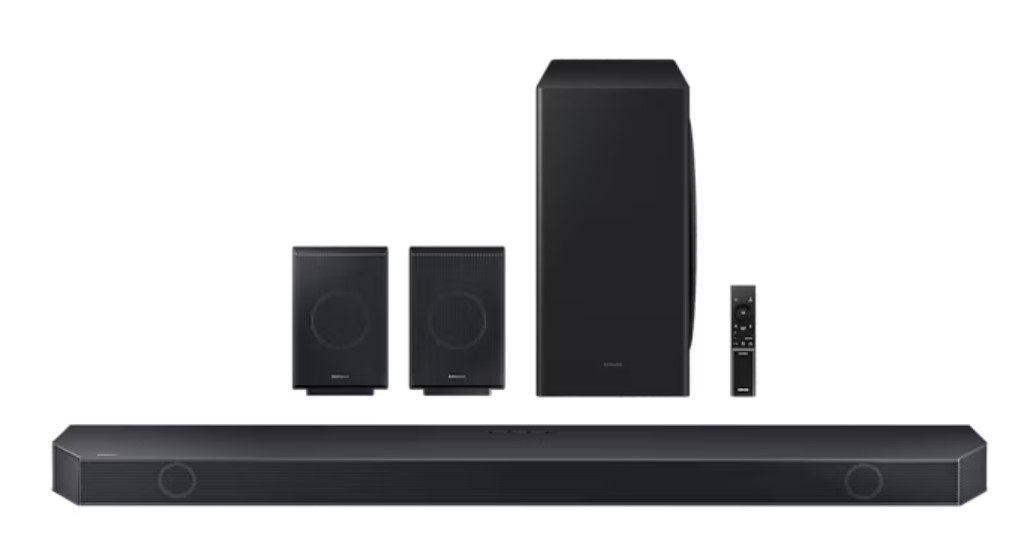






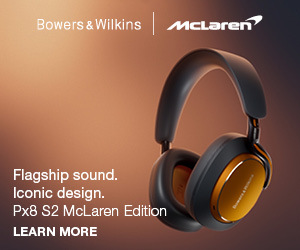
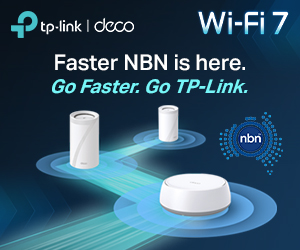

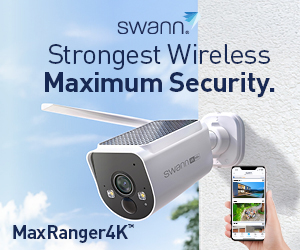


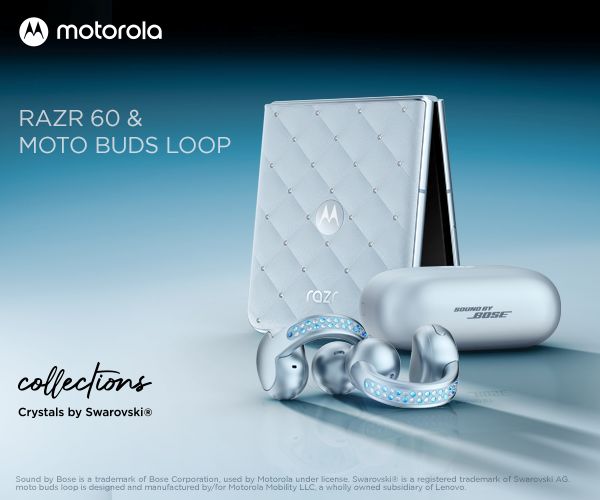
2 comments
Michael McLeish
Very good review. I have checked many reviews by yourself and all very useful.
However, like myself many people have different tvs than Samsung and are unsure whether Samsung is compatible with their tv.
I have a Panasonic 55inch JX900 series and unsure if the Q930D is compatible.
I have spoken to both Samsung and Panasonic but both parties will not commit saying they are unsure. I spoke to an assistant in Harvey Norman store who says it will be OK and I wouldn’t lose any features. I know this is untrue as I would not have Q symphony (not that that matters) so I am a bit hesitant to believe him.
Can you advise please.
Ray Shaw
Hi Michael. The Panasonic JX900 CIRCA 2021 has an Edge-lit IPS panel. If I may be a little blunt this model was infamous for claiming Dolby Vision but as an edge-lit never reached the brightness levels needed hence Dolby Vision IQ (which pushes brightness to the max). It has 2 x HDMI 2.1 ports (one is eARC and connects to a soundbar). As far as I can tell it decodes up to 7.1.4 – no big issue if you buy a 9.1.4 soundbar. Yes you lose Q-Symphony and room calibration but these are not really important in the grand scheme. HN/JB have it at $1199 but Appliance Central has it for $950 inc free delivery (good company).
https://www.appliancecentral.com.au/hw-q930dxy-samsung-q-series-soundbar?language=en¤cy=AUD
My advice is you next TV needs to be either an LG X4 or G4 OLED. LG has an S95TR 9.1.5 soundbar that is slightly better for clear dialogue but it is $1250 at Appliance Central.